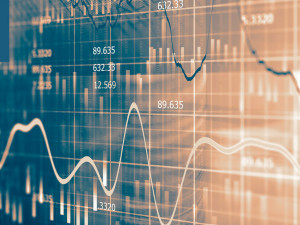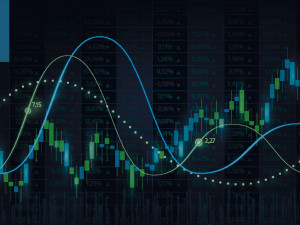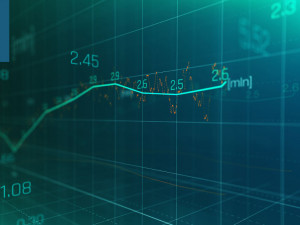
Sterling Mixed as Dollar falls
Morning mid-market rates – The majors
January 2nd: Highlights
- Uncertainty to continue as economy falters
- Dilution of U.S. Tax reform drives dollar lower
- Euro facing political uncertainty
Sterling in reactive mode (for now)
Sterling’s rise versus the dollar is directly due to dollar weakness which has been caused by uncertainty over the future path of interest rates. The pound will have the same headwinds in the early weeks of the New Year as have been in place for some time. There is likely to be one further concern around potentially growing interest rate differentials against both the dollar and more significantly the Euro.
There are murmurings coming from Frankfurt, headquarters of both the Bundesbank and ECB regarding the faster withdrawal of accommodation in the shape of the Asset Purchase Scheme and even an interest rate rise in H1.
While Brexit is sure to continue to be the prime driver of Sterling over the next two or three quarters, concerns over the economy and in particular the path of inflation will provide further volatility.
Considering your next transfer? Log in to compare live quotes today.
Euro rising close to strong resistance
The Euro is facing a turbulent first quarter on the political front as concerns over the rise in Nationalism remain. The prime force of the market’s attention will be the Italian Government elections in early March that threaten to bring more populist politicians and parties into Government.
The prospect of higher interest rates in the Eurozone has pushed the currency higher as hopes are raised of a possible narrowing of the interest rate differential between the dollar and Euro. The catalyst for this has been a rise in inflation in Germany from 1.5% to 1.7% YoY in November. The data for the entire Eurozone is what interests Mario Draghi the most. Should this rise be repeated across the entire region, rate hike expectations will be considerably heightened.
The single currency reached 1.2032 overnight, its highest level since September. Although there are few new factors to drive the currency, a break of 1.2090, the 2017 high, will attract further buying interest.
Dollar positives running out
The drivers for the dollar, certainly in the first quarter are likely to be more tangible as a new Chairman takes over at the Federal Reserve, the exact benefits of tax reform become clear and macroeconomic data returns as a driver of monetary policy.
The employment market in the U.S. remains buoyant. This week’s NFP data is slated to show close to 200k new jobs being created in December. However, it is wage inflation in the shape if the rise in hourly earnings that will exercise FOMC members the most. Anything below 2.5% will be disappointing and could see a further fall in the dollar index closer to major support at 91.50.
Have a great day!

About Alan Hill
Alan has been involved in the FX market for more than 25 years and brings a wealth of experience to his content. His knowledge has been gained while trading through some of the most volatile periods of recent history. His commentary relies on an understanding of past events and how they will affect future market performance.”



